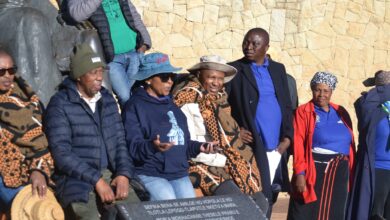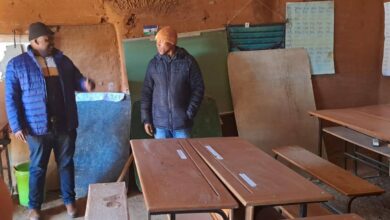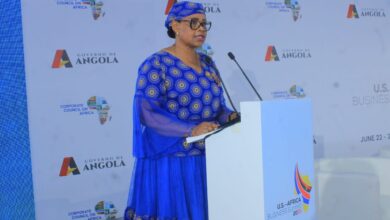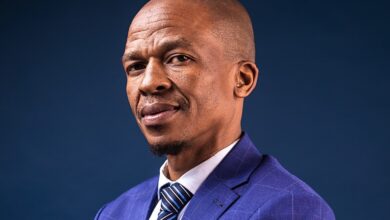A Diplomatic Reset: South Africa and Rwanda at the Crossroads of African Unity and Leadership
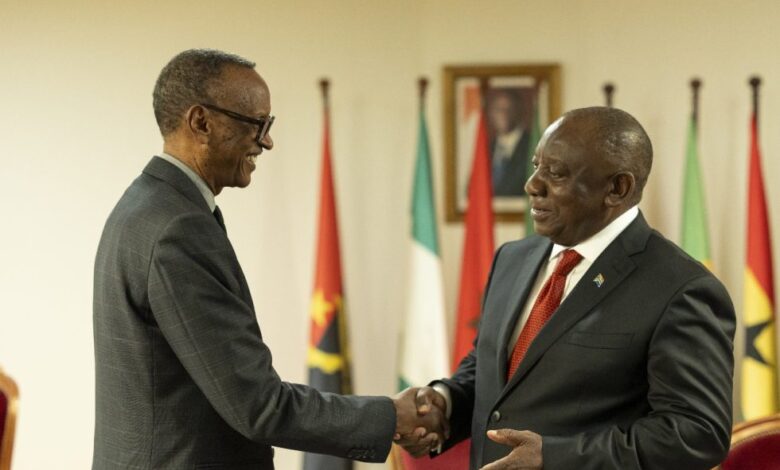
In the ever-evolving landscape of African diplomacy, the recent withdrawal of the Southern African Development Community (SADC) Mission in the Democratic Republic of Congo (SAMIDRC) has opened a rare window of opportunity—one that could reshape the region’s future and redefine the roles of South Africa and Rwanda in steering the continent toward unity, stability, and self-determined progress.
The departure of SAMIDRC forces from Eastern DRC, preceded by coordinated engagements between troop-contributing countries and the military leadership of the Armed Forces of the Congo (FARDC) and M23, is far more than a routine military redeployment. It marks a strategic inflection point. The facilitation of a dignified and secure exit through Rwandan territory—allowing troops and equipment to transit peacefully toward Tanzania—signifies a quiet, yet powerful, gesture of diplomatic goodwill by Rwanda. This act has cracked open a long-closed door between Kigali and Pretoria, offering an extraordinary moment for rapprochement and reengagement.
President Cyril Ramaphosa’s speech at the Africa CEO Forum in Abidjan this week resonated deeply within this context. Reaffirming South Africa’s commitment to “African solutions for African challenges,” Ramaphosa’s call for regional solidarity, intra-African trade, and institutional resilience was a timely articulation of values that align perfectly with the current diplomatic opportunity. His words were more than aspirational—they were actionable.
President Paul Kagame, equally measured and pragmatic, echoed similar sentiments. Rwanda’s facilitation of the SAMIDRC withdrawal was not merely administrative; it was an intentional act of statesmanship. It sent a clear signal: Kigali is prepared to reset its regional posture in favour of constructive engagement. This follows years of tension, including the public diplomatic exchange between the two leaders in early 2025, when opposing positions on the conflict in Eastern DRC drew sharp lines between the two capitals.
Yet, today’s circumstances demand a new approach. The convoys that departed Goma on 29 April, escorted through Rwanda, did more than carry military hardware—they carried the potential to initiate a fresh chapter of bilateral cooperation. Rwanda’s role must be understood not only in operational terms but as a strategic overture, reflecting a willingness to build bridges with its southern neighbour.
South Africa’s historical role as a continental mediator, peacemaker, and institution-builder is well-established. From the Mbeki-era mediation in the Congo peace process to leadership within SADC and the African Union, Pretoria has often led by example. President Ramaphosa’s continued emphasis on regional self-reliance and African-driven development positions him well to turn this moment into a diplomatic milestone.
While skepticism lingers in parts of the South African political landscape—rooted in past disputes, differing regional priorities, and visa policy grievances—President Ramaphosa’s leadership offers a path forward. His challenge is not to ignore these issues, but to transcend them through strategic diplomacy. Rwanda, for its part, has shown consistent openness to engagement, symbolised by its visa-on-arrival policy for all Africans, including South Africans, even while facing a 12-year freeze on reciprocal treatment for its citizens.
The time is ripe to reinvigorate bilateral relations through tangible, high-level initiatives. These could include:
- A structured bilateral dialogue to resolve outstanding issues and build long-term trust
- Joint investment in infrastructure, tourism, education, and food security projects that directly impact African citizens
- Enhanced security cooperation to jointly address regional insurgencies and cross-border threats
- Symbolic acts of unity, such as mutual state visits, cultural exchanges, and collaborative declarations that showcase renewed political will
Moreover, this moment of diplomatic reengagement comes at a time when Africa faces mounting global challenges—climate change, food insecurity, economic inequality, and digital disruption. A united front led by influential states like South Africa and Rwanda could provide the visionary leadership necessary to respond effectively to these issues within the framework of the African Continental Free Trade Area (AfCFTA) and other regional initiatives.
This is not simply about Pretoria and Kigali. It is about laying the foundation for a more resilient, interconnected, and autonomous Africa. It is about demonstrating that even long-standing disagreements can be overcome in the pursuit of a higher, collective purpose.
President Ramaphosa understands that Africa’s destiny must be shaped by African hands. Seizing this moment would not only validate that principle but also reinforce South Africa’s stature as a principled and pragmatic leader.
As the dust settles on the SAMIDRC withdrawal, the message is clear: this is not the end—it is a beginning.
South Africa and Rwanda now have the chance to craft a new legacy—one defined not by past rifts but by shared purpose and forward momentum. The continent is watching. The world is watching. And the future is waiting.
Join 'Lesotho News' WhatsApp Channel
Get breaking Lesotho news — delivered directly to your WhatsApp.
CLICK HERE TO JOIN
